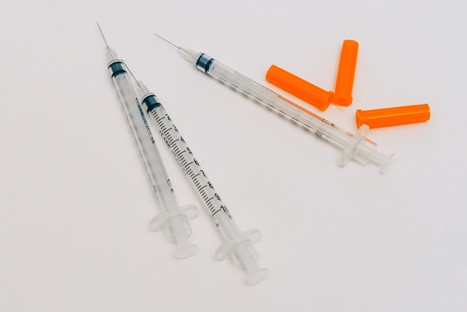How do I choose a needle gauge?
 Many people think that needles are only associated with the medical industry. And, while it is true that this industry these items often, it is also true that other industries make good use of needles as well. If your industry is one of them, you may be tasked with securing supplies of industrial needles for various uses. This requires getting familiar with needle gauges quickly, and this guide from Q Source can help you figure out how to choose a needle gauge that suits your applications.
Many people think that needles are only associated with the medical industry. And, while it is true that this industry these items often, it is also true that other industries make good use of needles as well. If your industry is one of them, you may be tasked with securing supplies of industrial needles for various uses. This requires getting familiar with needle gauges quickly, and this guide from Q Source can help you figure out how to choose a needle gauge that suits your applications.
Choose a Needle Type
The first thing you should do when making plans to buy industrial needles is to consider what type (or types) you need. As you browse for needles, you are going to see two main types: tapered and precision.Tapered Needle. The tapered needle has a color-coded body made of all plastic (or plastic and metal) with a blunt end. As its name implies, the needle’s shape gradually goes from wide (at the base) to smaller (at the tip).
| Good for: | Not Good for: |
|
|
Precision Needle. Precision needles are also known as standard dispensing tips. These typically have stainless steel needles attached to prominent colored plastic bases. This style may or may not be right for various industrial applications. It is recommended that you do more research orcontact our team if you are unsure about using it for a specific purpose.
| Good for: | Not Good for: |
|
|
Understanding Needle Gauge Sizes
Needle gauge refers to the specific size of the needle. It also refers to the needle’s thickness and ability to penetrate to a certain depth. A needle’s gauge size is assigned a numeric value to make it easier to tell them apart. They are also color-coded by manufacturers for the same reason.When determining what gauge size is best for a particular use, keep in mind that larger numbers coincide with smaller needle sizes and vice versa for smaller numbers. For example, a 20-gauge taper needle is smaller than a 16-gauge taper needle. And an 18-gauge precision needle is larger than the 22-gauge precision needle. Choosing a smaller or larger size is going to depend a lot on how the needle is put to use, machinery, accessories, materials, and other factors. Once you know what gauge you need, you can follow the manufacturers color coding to quickly find sizes you need to order.

Industrial vs. Medical Use Needles
It’s important to be aware that the needles you are choosing for industrial purposes are different from those used by medical professionals. While both types of needles use similar gauge sizes and color-coding to differentiate size and thickness, medical-grade needles are not necessary for industrial applications. Instead, always seek out non-medical grade needles that are not sterilized. Industrial needles are durably made to handle a variety of industrial fluids and substances.

